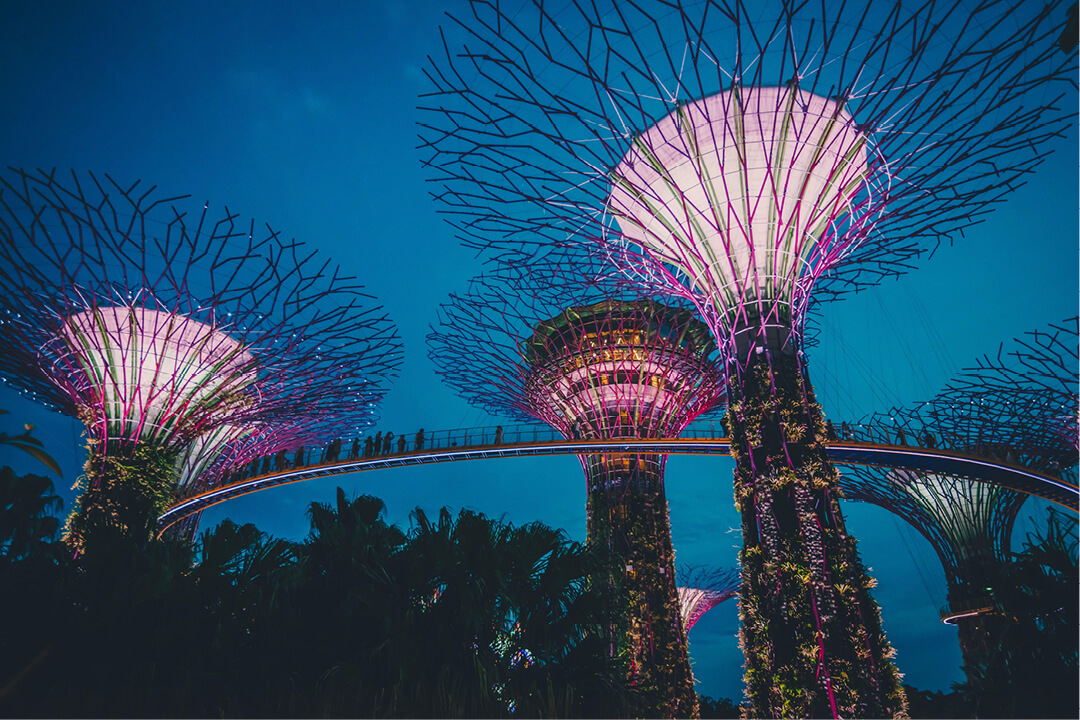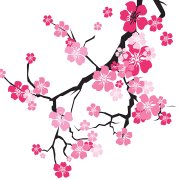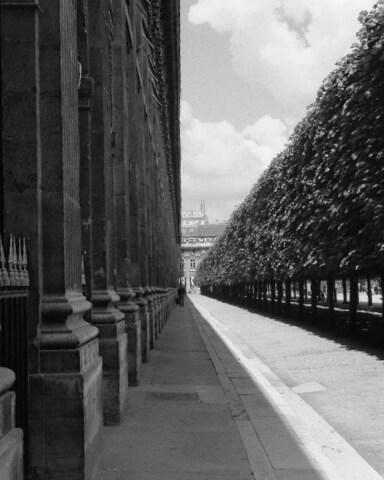Strategy for success
Next year, the independent state of Singapore will be 60 years old. In this short time, it has developed from a first-world country to one of the safest and richest countries in the world. What has been the key to its success?
Boring? Yes and no
13 million tourists visited Singapore in 2023. Most of them only stay a few days as part of a stopover before continuing on to Australia, New Zealand or a cruise ship.
When considering whether it should be a stop-over in Singapore or another destination “halfway” with a large international airport, the answer was often “clean and safe, but a bit boring, without local color”.
This is precisely the success factor of Singapore. Within 60 years, the country has developed from a small city state, which consisted largely of slums, into one of the most attractive countries in the world.
Rightly proud of a great achievement
GloriousMe was also back in the city. Every cab driver told us with great pride what Singapore was currently working on and what new things had been created in recent years.

It was everywhere: Well-kept housing estates for miles around, trees, parks, high-rise buildings with integrated gardens, perfect streets, architectural highlights left and right, joggers running along the river before and after sunset without hesitation. The dense traffic purrs along like clockwork: No honking, no jostling, no parking in the second or third row.

None of this can be taken for granted in an Asian metropolis.
The start
Sir Stamford Bingley Raffles, an English officer and for five years also governor of the then Dutch East Indies, was one of the first to recognize the important strategic location of Singapore on the sea route connecting the South China Sea and the Indian Ocean.
He succeeded in claiming Singapore for the British crown in 1819. Singapore became a British crown colony in 1867. Singapore left the British Empire in 1963. Initially, Singapore formed a federation with its neighbor Malaysia. When ideas about the country’s future diverged too far, the then Prime Minister Lee Kuan Yew declared Singapore an independent state in 1965.
 Statue of Sir Thomas Stamford Raffles on North Boat Quay in Singapore © Alamy Stuck Photo
Statue of Sir Thomas Stamford Raffles on North Boat Quay in Singapore © Alamy Stuck Photo
Singapore has an excellent strategic location. But as we know from the recent past, as Ukraine’s Odessa shows, such a location is easily exposed to the claims of envious, belligerent neighbors.
The young country had no raw materials in the form of natural resources, no oil or natural gas deposits like the Arab Emirates, for example. Drinking water was and still is scarce, the majority of the population, which consisted mainly of Malaysians and Chinese, lived in slums and the level of education was low.
Today, Singapore is one of the wealthiest countries in the world. The gross domestic product per inhabitant will be around USD 91,000 in 2023, around USD 40,000 higher than in Germany (bpb, Federal Agency for Civic Education).
Strategy is upheld here
Singapore is a city state with just under 6 million inhabitants. This is where many people breathe a sigh of relief and think that they cannot learn anything from Singapore’s development, as the small country is not comparable to their own. They make it too easy for themselves. Because even in Singapore, nothing comes from nothing.
Lee Kuan Yew, the long-serving Prime Minister, developed a strategy for his country in which he outlined a development path with the respective goals. He developed this path together with the Dutch economist Albert Winsemius, an employee of the United Nations.
The strategy was not a secret document, but was accessible to everyone. It was clear in which areas the growth areas for the country were seen and what the individual stages should look like to achieve this growth. The achievement of the respective interim goals by those politically responsible was also clearly visible.
Paper is patient, with an authoritarian leadership style in a democratic country, Prime Minister Lee Kuan Yew consistently implemented this plan. He also made it clear what he did not want:
- No corruption
- No communists
- No chaos
He made the administration of his country attractive by offering high salaries, and he had the picturesque old residential areas, where malaria and dengue fever were rampant, demolished.
He created reliable framework conditions for foreign investors and invested heavily in housing construction and the education system. Singapore’s students have been at the top of many rankings in math skills for decades.
The reliable framework and the continuous courting of international companies paid off. Security, economic and future orientation as well as an attractive tax system attracted companies and capable employees.
Boring? Yes please
Expatriates who have a strenuous job in one of the neighboring Asian countries are happy to have their family live in pleasant Singapore and enjoy commuting via Changi Airport.
Not everything was always rosy in the city state either. No-one can decouple themselves from developments in global trade and global political issues. Strategic adjustments were necessary – but actionism or populism never ruled.
Singapore has never stood still. Anyone who has visited the city repeatedly over the past decades, as we have, has witnessed this and the fantastic gardens (Gardens by the Bay) are just one sign of the city’s prosperity, which is based on achievement.
If you come from a country where the word strategy, especially in politics, seems to be frowned upon, you are in the wrong movie and hoping for a happy ending.
The statue of Sir Raffles in Singapore does not need to be protected by a fence. The Raffles Hotel, opened in 1887 by the Armenian Sarkies brothers, is shining again after a major renovation. It has its place among modern hotel buildings that stand out for their eco elegance, such as the Park Royal Pickering, or The Warehouse, a modern design hotel in a former warehouse for spices such as nutmeg and other spices that played such an important role in the past of this part of Asia.

#Advertising #ProductPlacement #IndependentRecommendation #BecauseWeLoveIt
Cover picture: The super trees at the Gardens by the bay attraction in Singapore © Alamy Stock Photo




